Recent Articles
Popular Makes
Body Types
10 Most Reliable European Cars for 2018
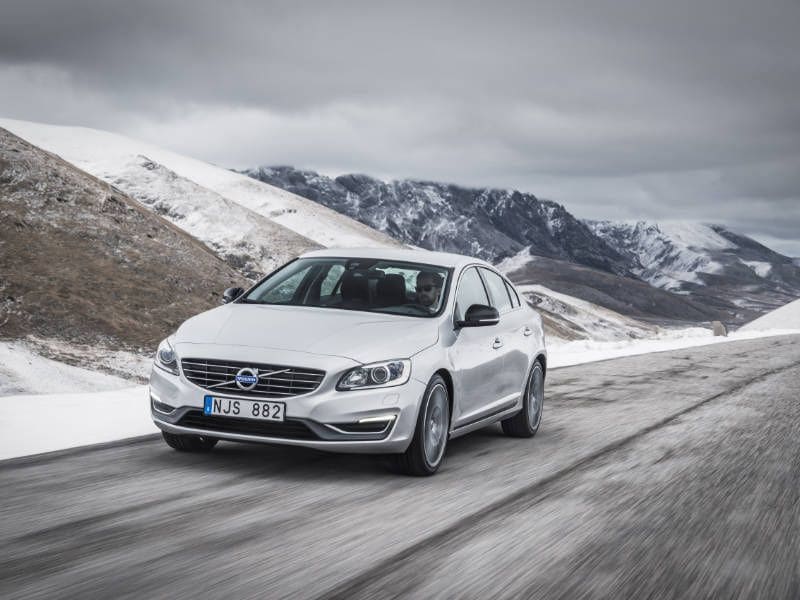
2018 Volvo S60 hero ・ Photo by Volvo
Choosing the 10 most reliable European cars is not the same as selecting the 10 most reliable cars, period. Let’s face it, Japanese companies really have the reliability thing down to a fine art. That’s no reason to ignore Europe, though.
There are exceptions, but most European marques in the United States sell luxury vehicles, usually involving plenty of up-to-the-minute technology. The more cutting-edge features a car has, the more scope there is for something to go wrong, despite all the research and development that goes on. However, build standards are so much higher than they used to be (let’s give some credit to all the car-making robots) — so here are 10 reassuring Euro rides, listed alphabetically.
2018 Alfa Romeo Giulia
This could be borderline ridiculous, starting off a list of reliable European cars with an Alfa Romeo, given the marque’s patchy past. But the argument should be reiterated that modern cars are much better built than they were the last time a new Alfa was on sale in the United States (the mid-’90s).
We also did a fair amount of research and found — from several sources — that the vast majority of Giulia owners were really pleased with their purchases. However, while the Quadrifoglio version is tempting, its ferocious 505-horsepower engine is just asking to be revved hard. So we’d be more inclined to go for the turbocharged 2.0 Ti to enjoy 280 hp and the high style.
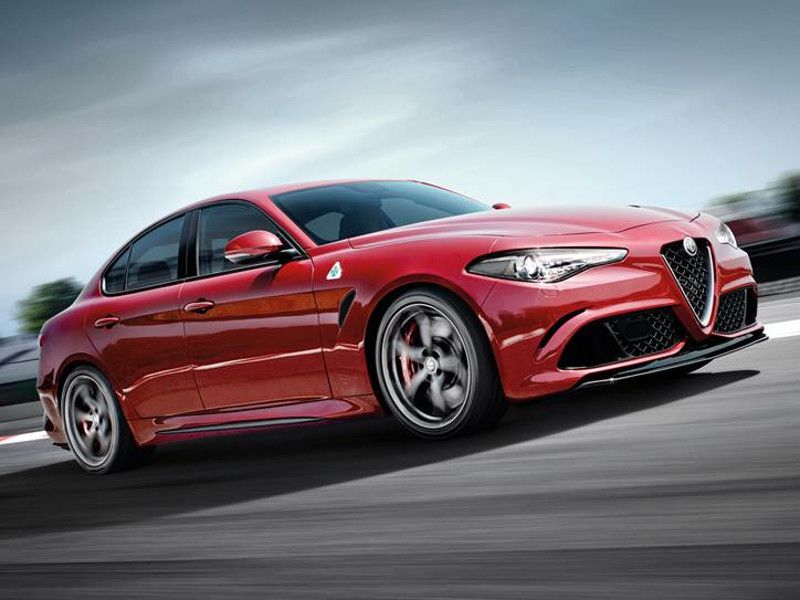
Photo by Fiat Chrysler Automobiles
2018 Audi A7
A new generation is coming in for 2019, but if there’s one major benefit to an outgoing car, it’s that any bugs have likely been well and truly ironed out. We could have mentioned almost any Audi, really, especially the bigger sellers. Build quality is as high as German cars get, which is pretty darn lofty, and the A7 is one of those rare cars that seems ideal in so many ways.
From the style and the functionality to the handling and the ride comfort, from the amount of standard equipment to the high reliability ratings given by owners, the A7 is a confidence-inspiring purchase. Audi cars aren’t cheap, but they can still be value propositions.
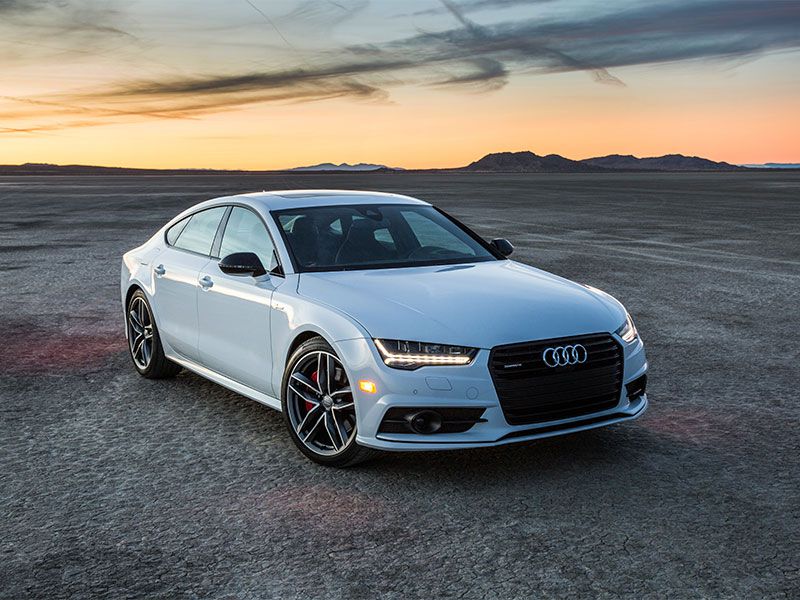
Photo by Audi
2018 BMW 3 Series
The 3 Series is one of the best-selling premium cars in the world. It hasn’t become a mainstay of BMW’s portfolio by being flaky. And as the basis of the high-performance and widely desired M3, the 3 Series has proven itself as a sport sedan as well as a luxury conveyance. Buyers like its just-right size, understated demeanor and overall driving experience. For many years, the 3 Series has been the benchmark of its class.
A new generation is due for the 2019 model year, so there’s the option of waiting or negotiating hard for an outgoing model. If you're planning on the latter, consider the six-cylinder 340i — BMW has a rich tradition with that engine layout.
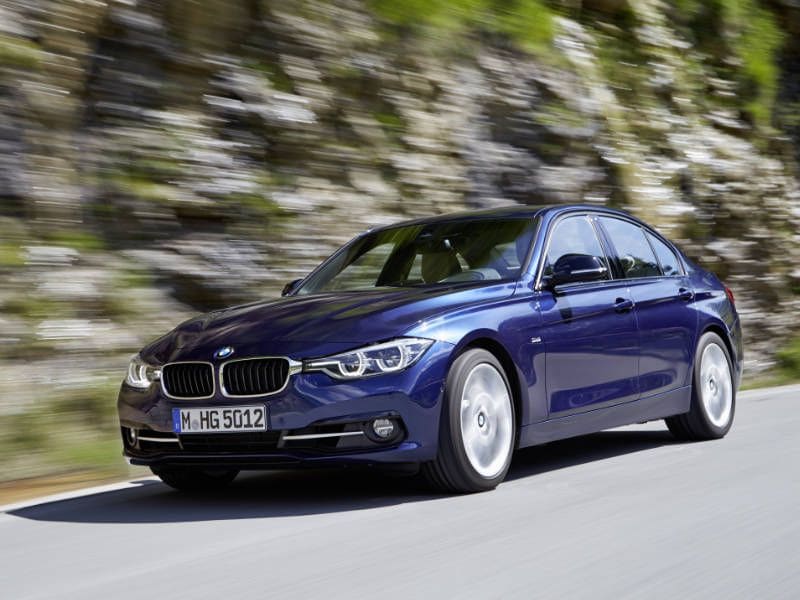
Photo by BMW
2018 Jaguar XE
This isn’t your dad’s Jag, the one that was always in the shop with transmission and/or electrical issues. Since the marque was bought by India's Tata from Ford in 2008, overall build quality has improved greatly, while the range of vehicles has grown. The XE premium compact sedan is still relatively new, but owners’ reviews are generally glowing. We have no qualms in recommending one.
We’re also counting Jaguar (a British marque owned by an Indian company) as European because Brexit hasn’t fully happened yet and there’s something about the way each Jaguar drives that is distinctly European in character. It’s an ability to deal with old streets yet still be responsive and precise.

Photo by Jaguar Land Rover
2018 Fiat 124 Spider
We’re going to take second risk and recommend yet another Italian car. A Fiat, no less. The intriguing aspect here is that the 124 Spider is based on the Mazda MX-5 Miata, so there’s some good old reliable Japanese engineering in the mix. The 124 Spider is built in the same Hiroshima factory as the MX-5.
The engines are different, though, with the Fiat version shipped in from Italy. The good news is that this unit is slightly more powerful than Mazda's and the MX-5 chassis is easily good enough to deal with it. Perhaps the 124 isn't a true European car, but it's a European marque with that particular Mediterranean charm.
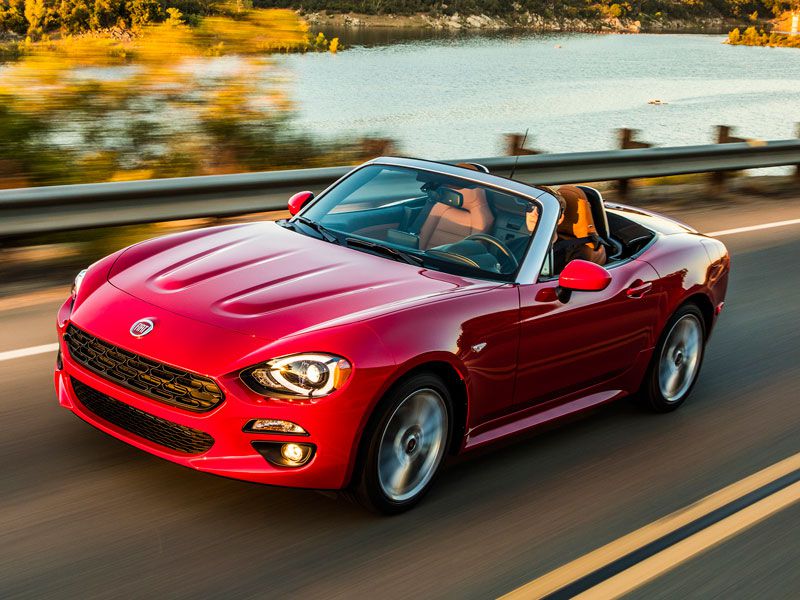
Photo by Fiat Chrysler Automobiles
2018 Mercedes-Benz C-Class
Anyone who’s had the privilege of visiting the Mercedes-Benz operation in Stuttgart and seeing what goes into the making of its vehicles would be astounded to learn of anything going wrong. There are departments with mechanical setups that pound car seats and open/close doors thousands of times, to make sure its vehicles can withstand the abuse doled out by humans around the world around the clock.
The C-Class is traditionally one of the company’s most popular lines, so things must be more than right, just like they have to be in the higher-dollar offerings. The C-Class platform is the foundation for sedan, coupe and convertible (Cabriolet) body styles, as well as the superb GLC crossover.
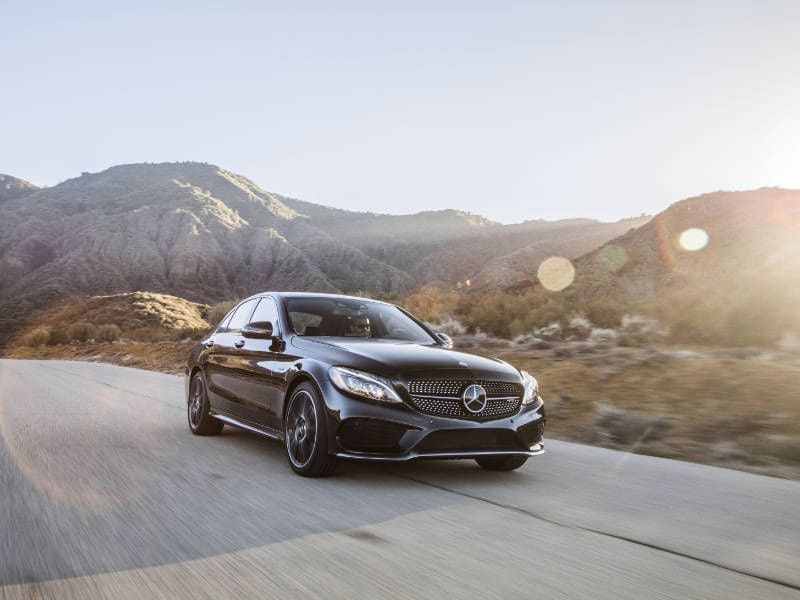
Photo by Mercedes-Benz
2018 Mini Cooper Hardtop
Admittedly, Mini cars have not enjoyed the best reputation for reliability. Models from the early 2000s were definitely a bit hit-and-miss, yet they still enjoyed strong resale values. Quality control has since been improving year by year, to the point where the only things to ponder over when buying a MINI are its many options.
Searching the web for reliability tables brings conflicting information, but Mini invariably ends up in the top half of those lists. It also scores high with initial quality. Factor in one of the finest-handling front-wheel drive chassis and a Mini (especially the 189-hp Cooper S) becomes a compelling package.
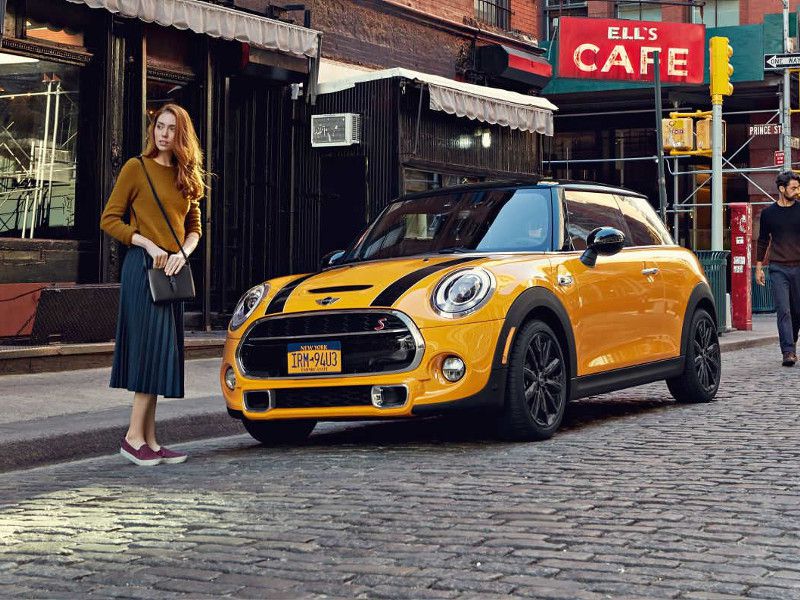
Photo by MINI
2018 Porsche 718 Cayman
We’ve chosen the 718 Cayman over the open-topped 718 Boxster sibling because it has a fixed roof, meaning fewer moving parts. Not that anyone should be concerned about buying a Boxster. Or Porsche's 911, Panamera, Macan or Cayenne. Porsche is invariably the top European brand in surveys that cover initial quality and dependability.
These are expensive cars, but a lot of that money goes into the engineering. It’s a philosophy that spreads from the most esoteric track-going 911 versions to this 718 Cayman, the least costly sports car in the company’s lineup. Anyone who has the slightest enthusiasm for driving should try a Porsche, and they certainly don’t need to be worried about reliability.

Photo by Porsche
2018 Volkswagen Golf
VW has sold tens of millions of cars bearing the Golf badge over seven generations. The company has this stuff down by now. An affordable compact hatchback with a distinctly upscale feel, the Golf is one of the most spacious in its class, and enjoys refinement and handling far above the levels of many rivals. The "dieselgate" fiasco dented VW’s reputation, but from a reliability point of view, those engines were pretty much bomb-proof.
Now there’s just the turbocharged gasoline engine — which is tried and true and in several VW Group vehicles, including some Audi models. Don’t worry about the DSG automated transmission, either. It’s absolutely fine.
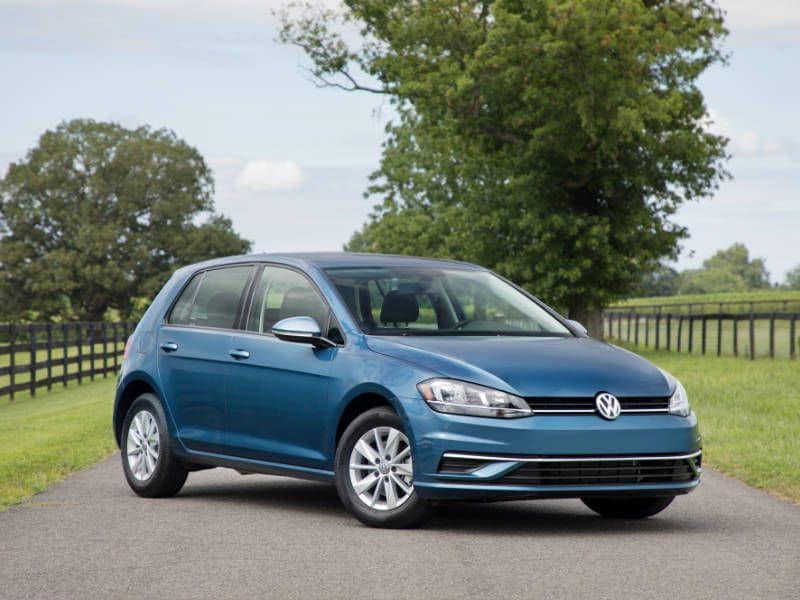
Photo by Volkswagen
2018 Volvo S60
Volvo enjoys a reputation as one of the most reliable European marques. Some of its old squared-off wagons are still going strong. The S60 premium compact sedan has been around for a while (a new generation is anticipated in a year or two), so even if there had been any issues, Volvo would have straightened them out. The T6 drivetrain uses both a turbocharger and a supercharger, which sounds complex, but we feel absolutely confident in Volvo’s engineering. The S60 also follows the usual Volvo formula of being super-comfortable and reassuringly safe.
Parting thoughts — no marque is perfect, and problems can arise. But European companies recognize as much as anyone that reliability is important and work hard to provide it.
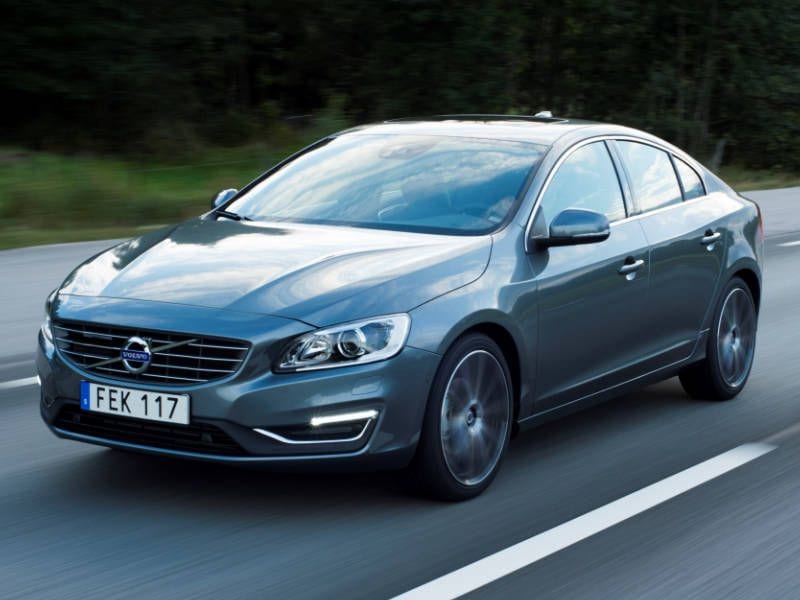
Photo by Volvo